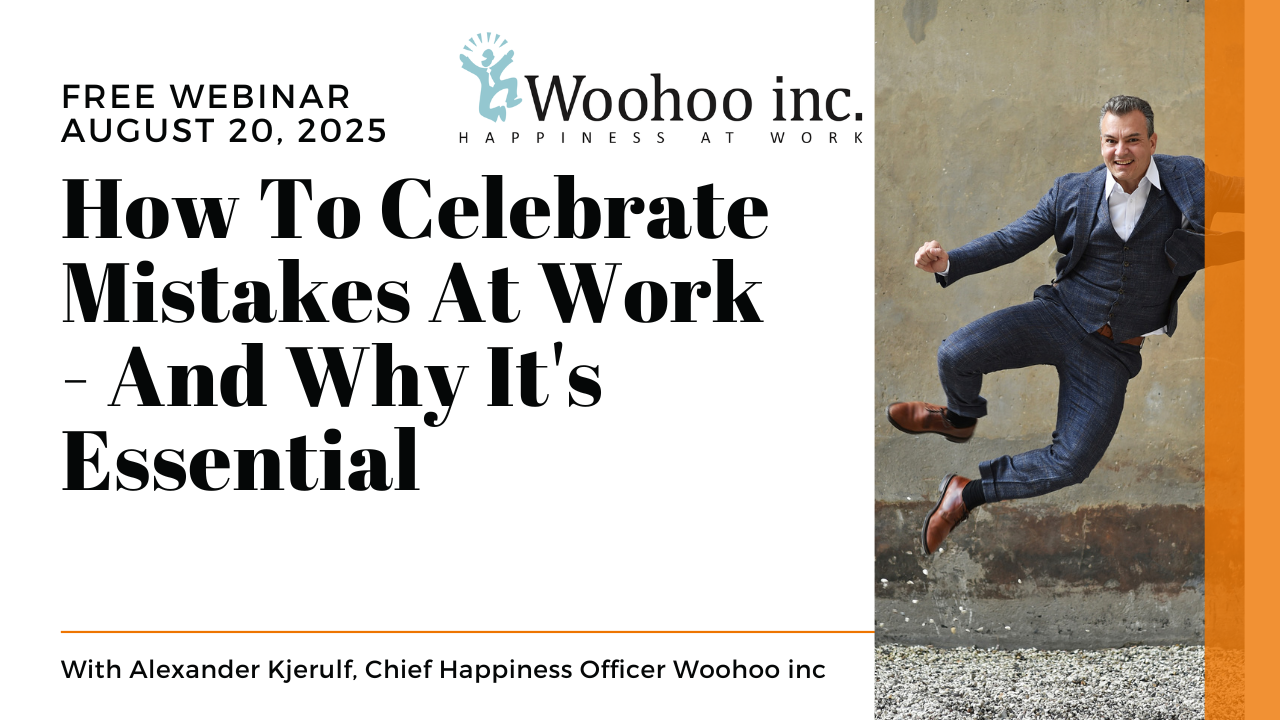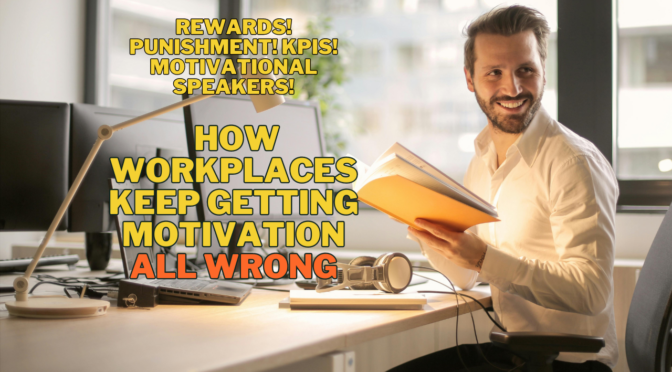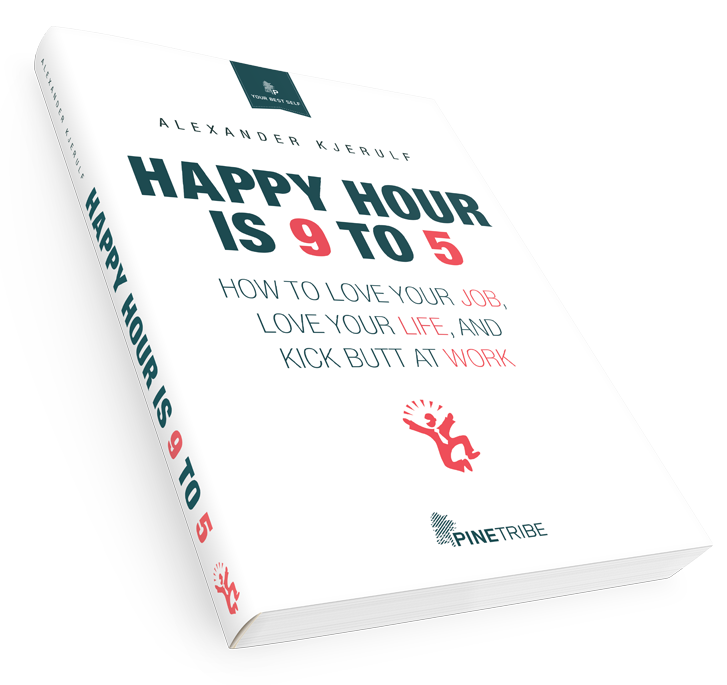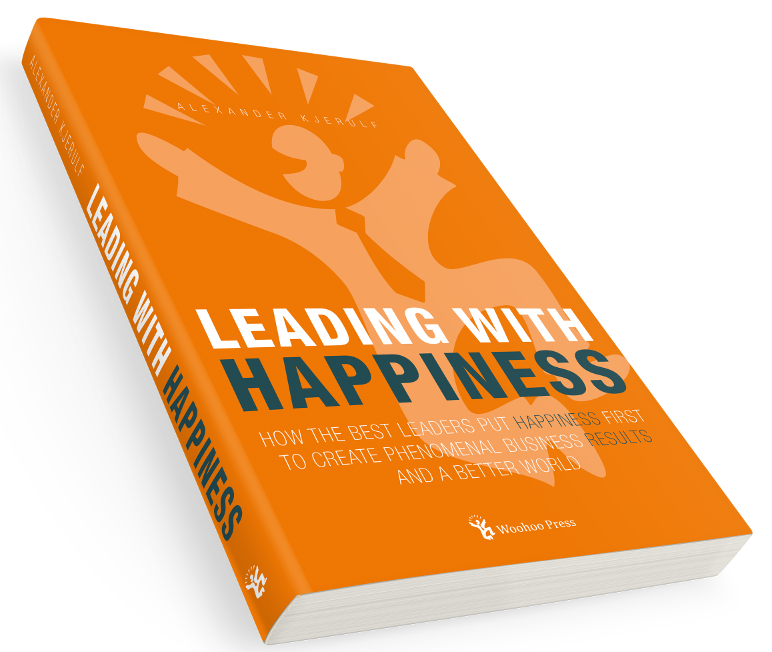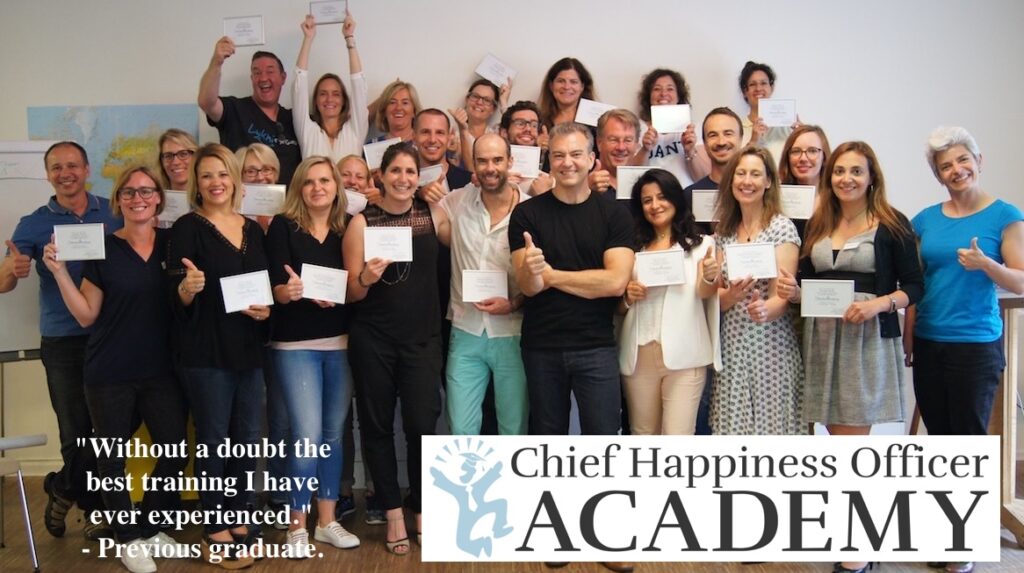
A recent Danish study showed that 62% of all danish employees have felt stressed at work in the last month and 15% have had to report in sick at some point because of stress. The Danish ministry of work states that up to a quarter of all absenteeism is due to stress.
Stress is a serious problem that costs businesses a lot of money and, even worse, can ruin employees’ lives. However, the typical solutions used to combat stress don’t work – in fact they often make matters worse.
The typical solution is, of course, the stress management training. Typical content includes:
- What is stress
- Symptoms of stress
- Health implications of stress
- How to fight stress
This will typically be presented by a stress consultant. In Denmark that consultant may even come from the unfortunately named Center for Stress (shouldn’t that be against stress?).
Are you getting it? Stress, stress, stress, stress and more stress. If I wasn’t stressed before, I certainly will be now. In fact, one study indicated that employees who attend stress management training become more stressed.
You know how people react when they read about some exotic disease? Suddenly they’re convinced they have all the symptoms and that they in fact suffer from dengue fever. When presented with a long list of symptons of stress, people can easily convince themselves that “Wow I must be really stressed too.”
What’s needed is a fundamental shift in approach – you do not fight stress by talking about stress. that just stresses people more. You fight stress by talking about peace and calm instead. That’s the solution to stress: To give employees tools to stay calm in a busy work environment.
The Chief Happiness Officer’s three simple steps to calm at work
Forget about stress for a moment. What can you do to stay calm even when things are moving fast at work? Here are three simple steps that anyone in any position can use.
Examine when you stay calm
 Examine previous situations at work where you were busy but calm. What happened? What allowed you to stay calm? How can you use this in future busy situations?
Examine previous situations at work where you were busy but calm. What happened? What allowed you to stay calm? How can you use this in future busy situations?
Stop and feel
Once a day, take five minutes to stop what you’re doing and notice how you’re doing. The greatest danger is stealth stress, where you get a little more stressed day by day but never notice it because it sneaks up on you in small increments.
The antidote: Take five minutes every day to do the following:
- Go to a place where there are no phones, computers and interruptions. The bathroom works in a pinch.
- Sit down, close your eyes and focus on your breathing. Take deep, slow breaths.
- Pull back your attention from wherever it was and focus on yourself.
- Ask yourself the following questions:
- What is my body feeling? Notice any good feeling or any tension or pain.
- How am I feeling? Happy, sad, stressed, angry, energized, tired?
- What am I thinking? What occupies your thoughts?
You don’t need to do anything about it while you’re sitting there. Don’t expect any solutions to come to you. Just sit there and notice what’s going on in your body, emotions and thoughts.
Enjoy your achievements
Appreciate the amount of work you do, and don’t berate yourself over the tasks you don’t manage. It’s a fact of work today, that there’s always more work. You will never clear your desk and if you do, more work will find you. So you must remember to feel good about the work you do and not beat yourself up over the tasks you haven’t yet finished.
These three tips can be used by anyone in any job. They take very little time and effort and can help employees keep their cool even in the busiest work environments. Try them out!
